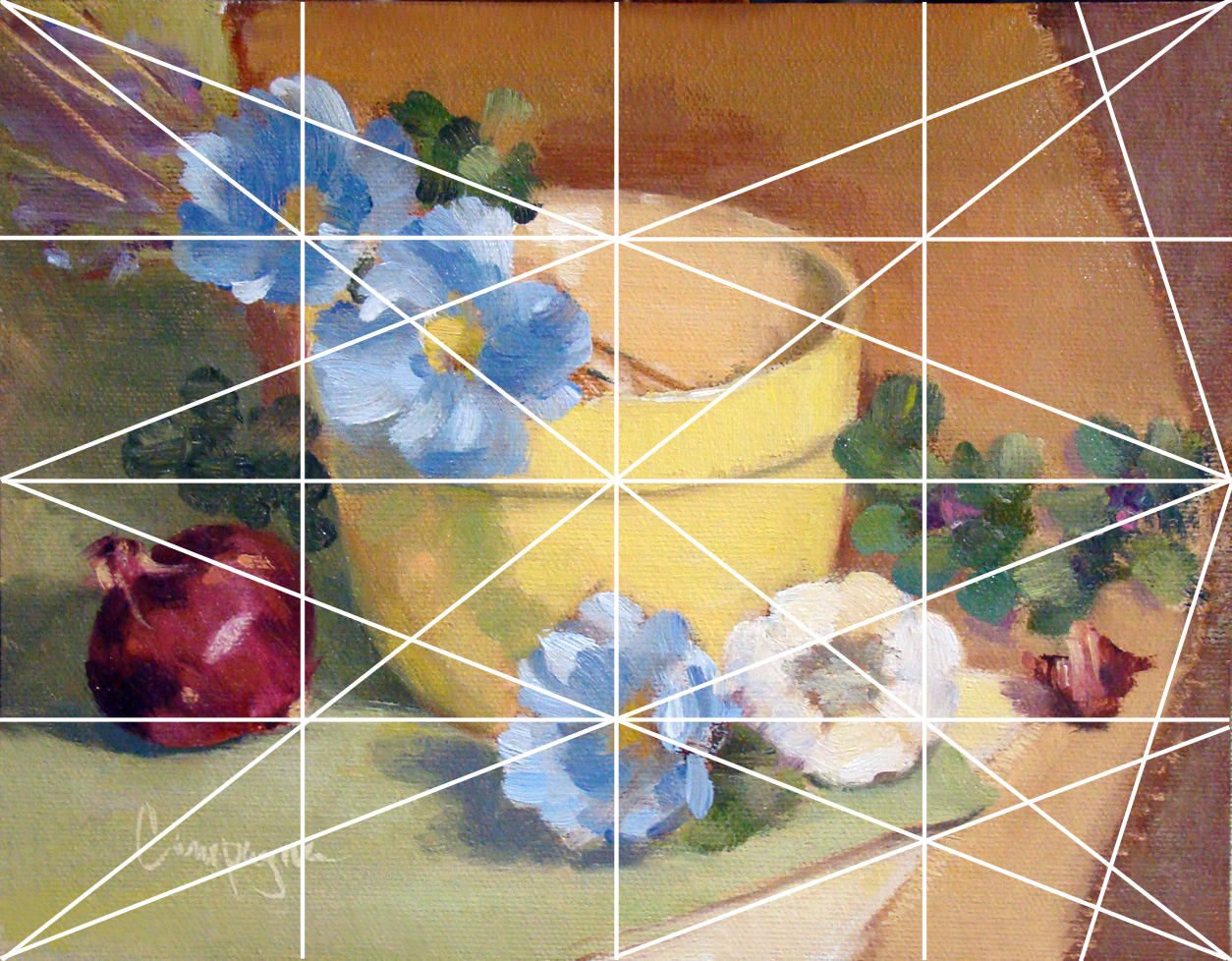As a beginning painter, or a beginner of anything, we almost always followed the lead given by the instructor(s) providing the 'how to' - isn't that what we always do to learn something new - whether mimicking our parents as children, or how to do 'math' in school. We simply do what the current authority figure does or says, and that's how we learn.
On the topic of oil painting, I love the texture and other qualities of oil paint - so when I decided to learn to paint, it was naturally my choice of medium. Learning how to use it well isn't so simple. In fact it is more difficult than math in someways, wouldn't you agree? ;o)
So now that I've begun to study the classical proportions of a picture plane, and as I go along learning, I decided to use rolls of canvas and/or linen so I can cut my own specific sizes. Using the past information given to me by 'several' authorities on painting who seem to have a wide range of approaches to things, it was no surprise to me that while warming my morning coffee, a question pops into my head asking 'why' do artists paint on canvas and linen?
I mean, we have so many materials to chose from, why fabric for fine art? At first impression, fabric brings to mind things like dyed cloth for clothing, and embroidery on dish towels. While I appreciate that both these examples can be beautiful, neither of them makes the leap in my mind to the idea of fine art.
So the best I can discern is this:
1) The obvious is that linen and canvas are light weight and much easier to transport than say a venetian plaster wall. One can stretch it on bars made into frames for showing, mount it on a rigid support, or roll it up for safe keeping.
2) Linen and canvas allows for better adhesion of the paint so it doesn't flake off as with a wooden panel or plaster surface.
3) And three, 'linen' especially gives a quality to the image that I personally find difficult to resist.
In design we learn that 'Form follows function', but once you get past the functional and practical aspects, it becomes, and is, more of an aesthetic thing.
As it turns out, after considering my thoughts I did a little research, and discovered I wasn't so far off in my thinking for the first two reasons listed. The Wikipedia resource suggests the same reasons for using fabric. See
Oil Painting.
However, the third reason I mention is the 'WHY' that might be more elusive to identify (and not in Wikipedia), especially if you don't have the same aesthetic sensibilities.
I've painted on glass, wood, metal, rocks, canvas, and paper for
oil painting, but linen is by far most appealing to me. I can mount it if I
want a rigid surface, I can stretch it and experience a pleasurable
'give and take' with the surface as I apply paint. It can be used with or without a ground depending on purposes of the final image. I can be scrub into linen, or
lay down paint smoothly and lightly; I can apply thin paint washes, or build up texture on the surface making it more sculptural. If I change my mind, I can wipe it away and begin again, and so it goes.
Fabric, especially linen, is simply a wonder surface to work on. Hmmm... wonder who the first person was who tried it?





























